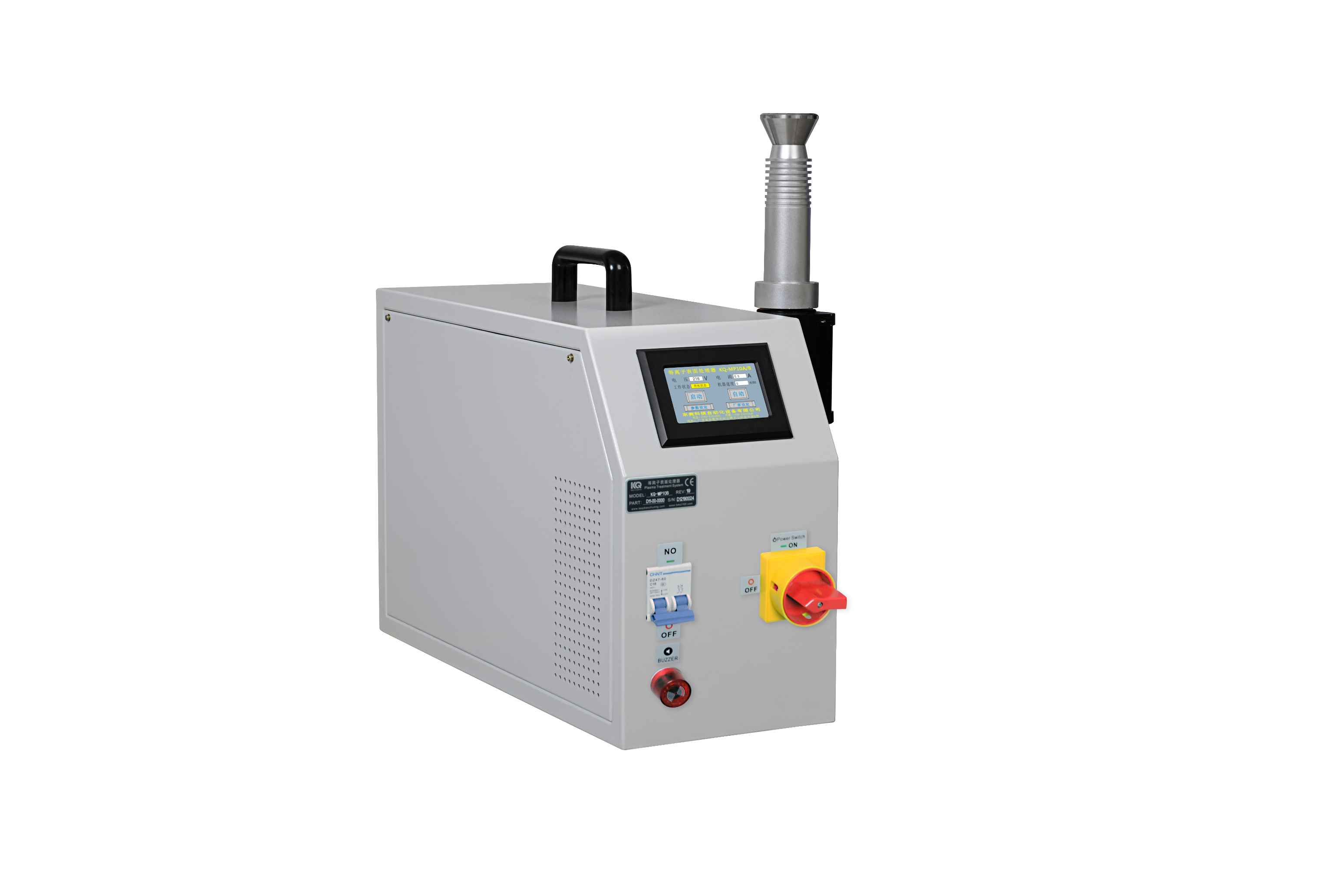Types of plasma treatment products
Types of plasma treatment products
The application of low-temperature plasma technology on organic materials has great advantages. Its advantages are as follows:
1. It belongs to a dry process, saves energy, has no pollution, and meets the needs of energy saving and environmental protection.
2. Short time and high efficiency.
3. There are no strict requirements on the materials to be processed, and it has universal adaptability.
4. It can handle materials with complex shapes, and the uniformity of the surface treatment of the materials is good.
5. The reaction environment temperature is low.
6. The effect on the surface of the material only involves a few hundred nanometers. While the surface performance of the material is improved, the basic performance is not affected.
Activation treatment of metal:
Although the metal may be activated, the activation of the metal is very unstable, so the effective time is short. If the metal is activated, the subsequent processing must be carried out within a few minutes or a few hours. The low-temperature plasma surface treatment machine, because the surface will soon be combined with the dirt in the ambient air, in the implementation such as soldering and welding. Or perform metal activation treatment before bonding and other processes.
Activation treatment of plastics:
Plastics such as polypropylene or PE have a non-polar structure, which means that these plastics must be pretreated before printing, painting and bonding. As a process gas, dry and oil-free compressed air is usually used.
Immerse the processed work piece and the unprocessed work piece in water (polar solution), the temperature of the plasma processor, and the activation effect is extremely impressive. On the untreated parts, droplets of normal shape are formed. The treated parts of the treated parts are completely wetted by water.
Can glass and ceramics be activated?
Glass and ceramics behave similarly to metals, plasma, and the active treatment has a short validity period. As the process gas, compressed air is usually used.
Low-temperature plasma surface treatment technology uses low-temperature plasma for surface modification of materials
1. Improve the adhesion of the metal surface
After being processed by a metal special low-temperature plasma surface processor, the surface morphology of the material has been microscopically changed. After processing metal materials, the low-temperature plasma surface processor of research and creation can make the surface adhesion of the material reach more than 62 dyne, which can satisfy Various processes such as bonding, spraying, printing, etc., have the effect of eliminating static electricity at the same time.
Improve the corrosion resistance of metal surfaces
Plasma treatment of iron and steel alloys has been used to improve their friction and corrosion resistance. Ions can reach the sample from all directions at the same time without line-of-sight limitation. Therefore, it can process samples with complex shapes. Low-temperature plasma technology is used to coat polyparaxylylene on metal surfaces, and aluminum surfaces are coated with aluminum alloys. These technologies are mostly used in aerospace vehicles. Protection of metal surfaces.
Improve the hardness and wear characteristics of metals
The early application research of plasma immersion ion implantation mainly used nitrogen plasma to treat the surface of metal materials. Due to the formation of Tin and CrN superhard layers, the wear resistance of the sample surface has been significantly improved.

评论
发表评论